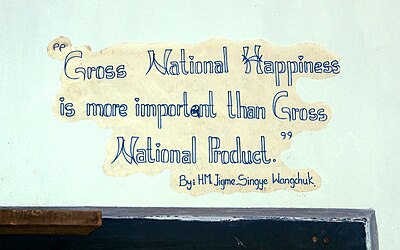I have a lot of friends who live in apartments in the city, most of whom don't have a lot of space or time to be working on a veggie garden. When I came across this design on the internet about a month ago, it just screamed great urban agriculture to me. This lil' planter only needs a bit of window light, and even better, it waters itself. This is a perfect project if you live in a cramped space and/or are a little bit slack when it comes to plant care. Super easy to make, materials can be scrounged from your recycle container, and the planter is very low maintenance once complete. A perfect way to grow your indoor herbs and lettuce, or start bigger garden plants. It has a top section, where you have the dirt and plant, and a bottom section which serves as a water reservoir, where water is drawn up into the soil by the planter.
What you Need:
1 Two Litre Pop Bottle with lid
String or wire (If you want to hang the planter)
2 strips of cotton fabric 2 cm x 30 cm
Material to darken the container such as newspaper, fabric, tape...
Step 1: Take the 2 litre pop bottle and cut it in half. I cut it so the bottom half is slightly larger, somewhere between 1/2 and 2/3 of the way towards the lid end.
Step 2 (optional): If you wish to have a hanging planter, attach some wire or string to the bottom half of the bottle.
For the 'hook' that the planter would hang from, I used some pliers to twist the wires together, around in a loop, and twist another couple times around to secure.
Step 3: Making the top half of the planter. The top half of the planter is turned upside down, and sits inside the bottom half of the bottle. Since the top of a pop bottle is slightly larger, is sits quite nicely without sliding down into the bottle bottom half. Here you can see I used fabric to cover the top half. Plant roots don't like the sun, so its better to find a way to give them some shade. Here I took my cotton fabric and glued it to the outside.
*tip, I also glued the fabric to the inside lip thinking it would look better, turns out if the fabric touches the soil it absorbs moisture and starts to look kind of muddy. Make sure if you use fabric on the outside its not coming in contact with the soil.
Other ideas for shade is to line the container with newspaper, or cover with an opaque tape. I did one planter with black duct tape instead of fabric and it turned out great.
Step 4: Time for the self watering bit. Here you need your bottle lids, and pieces of cotton fabric. Cut two slits in the pop bottle lid for the fabric to come through. I forgot about the lids and threw them out by accident, so I taped over the bottle top, then cut my slits for the fabric. Thread the fabric through the slits, keep a longer bit inside the bottle top. When the two pieces are together the fabric should just touch the bottom of the bottle.
 When 1/3 full, spiral one piece of fabric on top of the soil, like the green or blue lines in the drawing to the side. Add another 1/3 of soil keeping the other piece of cotton coming straight up. When 2/3 full, spiral this cotton piece on top of the soil like the other coloured line in the side drawing. Top with another 1/3 soil. You should now have a container full of lovely soil and ready to plant.
When 1/3 full, spiral one piece of fabric on top of the soil, like the green or blue lines in the drawing to the side. Add another 1/3 of soil keeping the other piece of cotton coming straight up. When 2/3 full, spiral this cotton piece on top of the soil like the other coloured line in the side drawing. Top with another 1/3 soil. You should now have a container full of lovely soil and ready to plant.
I planted basil in this planter, but you can try planting anything you like. When you first plant, give the soil one good drenching from the top. This should be the only time you have to water the plant in the traditional sense. Fill the water reservoir up, no higher then where the lid comes down to, and the planter will do the rest. A process of osmosis draws the water up as the soil above becomes dry, keeping your plants happy.
*I find I need to fill the reservoir every 3 weeks or so.
And these are the little basil plants about 2 weeks after planting. This post is written a couple weeks after I took this picture, they now have 4 leaves and are looking more, for lack of a better word, basily....































